On the occasion of the developer conference WWDC 2020, Apple presented us with a rather fundamental novelty in the form of Apple Silicon. Specifically, for his computers, he began to move away from processors from Intel, which he replaced with his own solution based on a different architecture. Right from the beginning, Apple mentioned that its new chips will take Macs to a whole new level and bring improvements in almost every direction, specifically with regard to performance and consumption.
It could be interest you
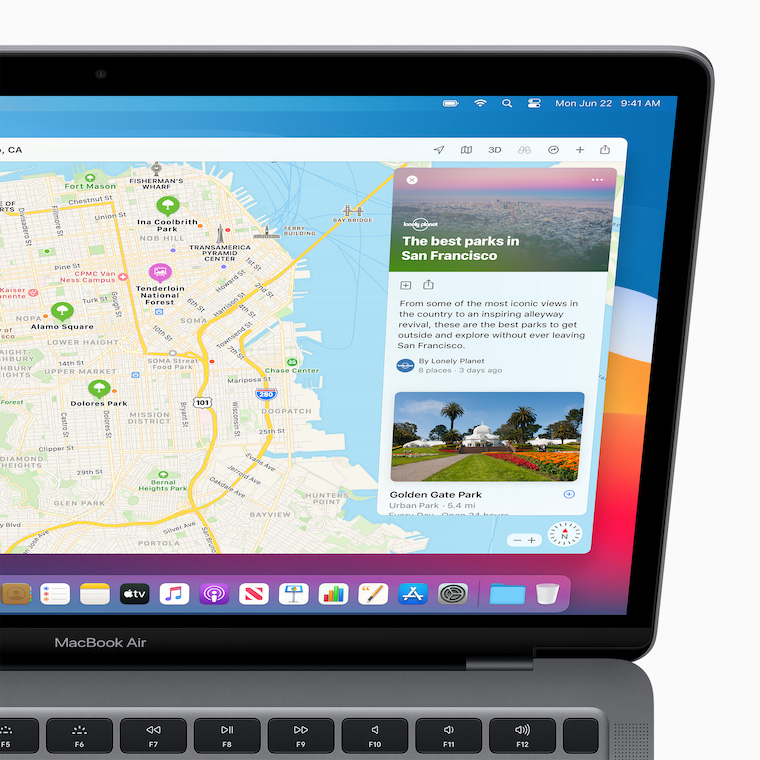
But such a change is not entirely simple. That is why the vast majority of Apple fans approached the announcement of this Apple Silicon with caution. There's really nothing to be surprised about. As is customary with technology companies, practically anything can be embellished during the presentation, including all sorts of charts. Anyway, it didn't take long and we got the first trio of Macs with the Apple Silicon chip, or the Apple M1. Since then, the M1 Pro, M1 Max and M1 Ultra chips have been released, so that Apple covered not only basic models, but also aimed at high-end devices.
A pleasant surprise for all apple lovers
As we mentioned above, switching platforms is never easy. This applies many times as much in cases where a custom chip is deployed, which is being shown to the world for the very first time. Quite the contrary. In such cases, all sorts of complications, minor errors and a certain form of imperfection are literally expected. This is twice as much true in the case of Apple, whose computers many people have lost trust in. Indeed, if we look at Macs from 2016 to 2020 (before the arrival of the M1), we will see in them rather disappointments caused by overheating, weak performance and not very nice battery life. After all, for this reason, the apple growers split into two camps. In the larger one, people counted on the mentioned imperfection of Apple Silicon and did not have much faith in the transition, while others still believed.
For this reason, the introduction of the Mac mini, MacBook Air and 13″ MacBook Pro took many people's breath away. Apple delivered exactly what it promised during the presentation itself - a fundamental increase in performance, lower energy consumption and above-average battery life. But that was just the beginning. Installing such a chip in basic Macs didn't have to be that complicated - moreover, the imaginary bar was set quite low with respect to previous generations. The real test for the Cupertino company was whether it could build on the success of the M1 and come up with a quality chip for high-end devices as well. As you probably already know, the pair of M1 Pro and M1 Max followed, where Apple once again shocked everyone with their performance. The giant concluded the first generation of these chips this March with the introduction of the Mac Studio computer with the M1 Ultra chip - or the best that Apple Silicon can currently offer.
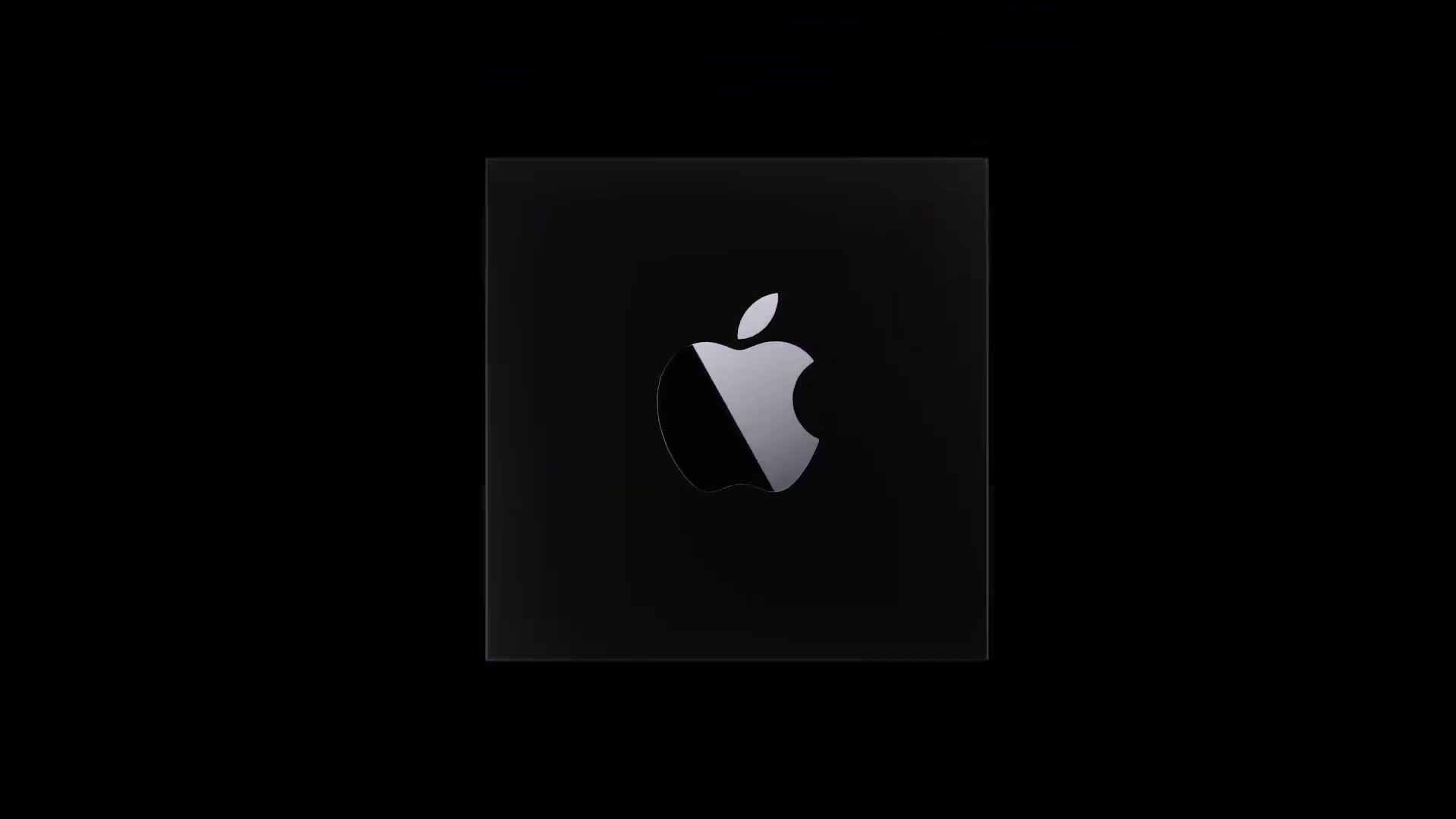
The Future of Apple Silicon
Although Apple met with a significantly better start from Apple Silicon than most Apple fans expected, it still hasn't won. The original enthusiasm is already waning and people quickly got used to what the new Macs offer them. So now the giant will have to contend with a slightly more difficult task - to keep up. Of course, the question is at what pace apple chips will continue to advance and what we can actually look forward to. But if Apple has already managed to surprise us so many times, we can count on the fact that we definitely have something to look forward to.
It could be interest you
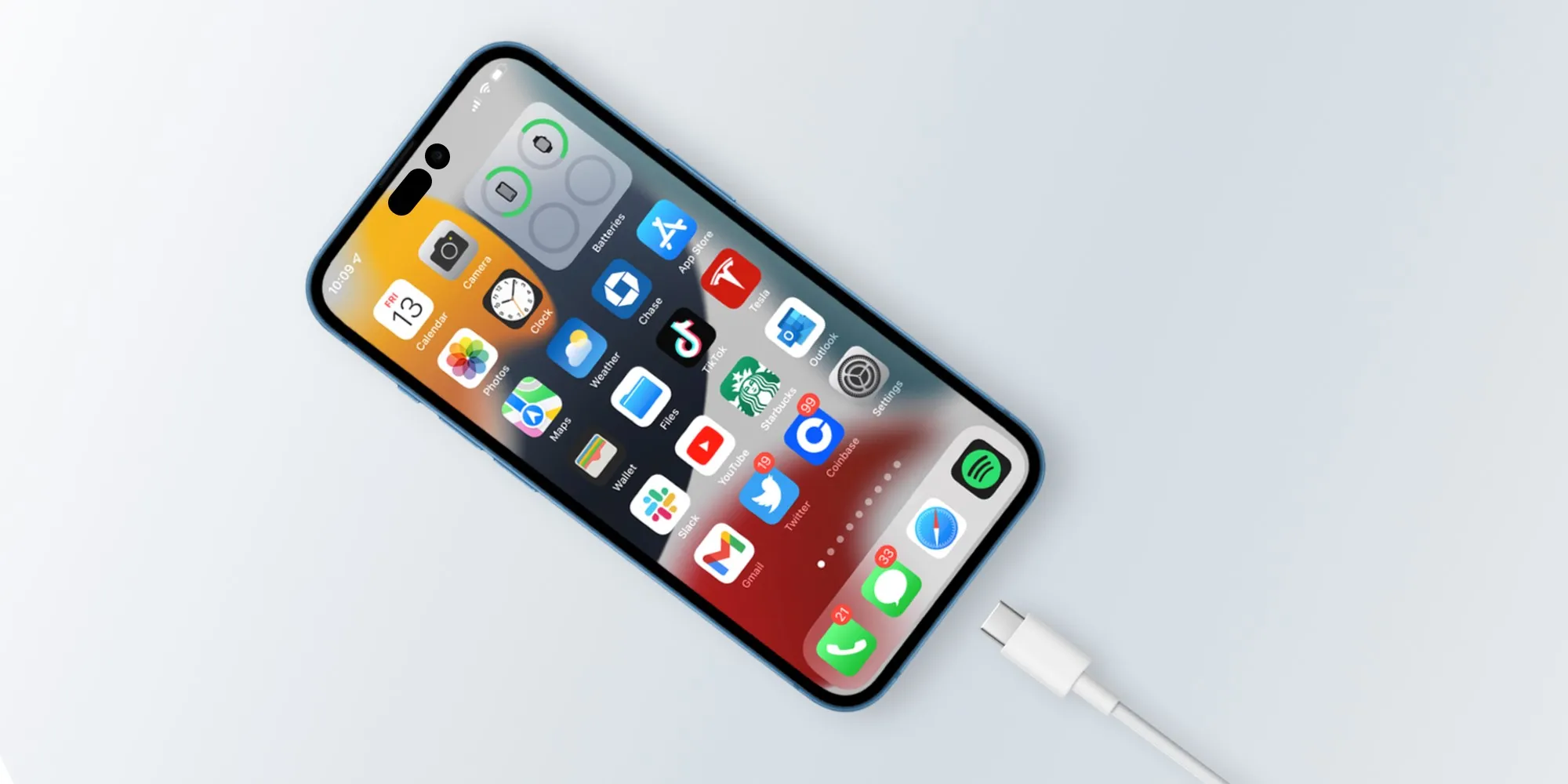
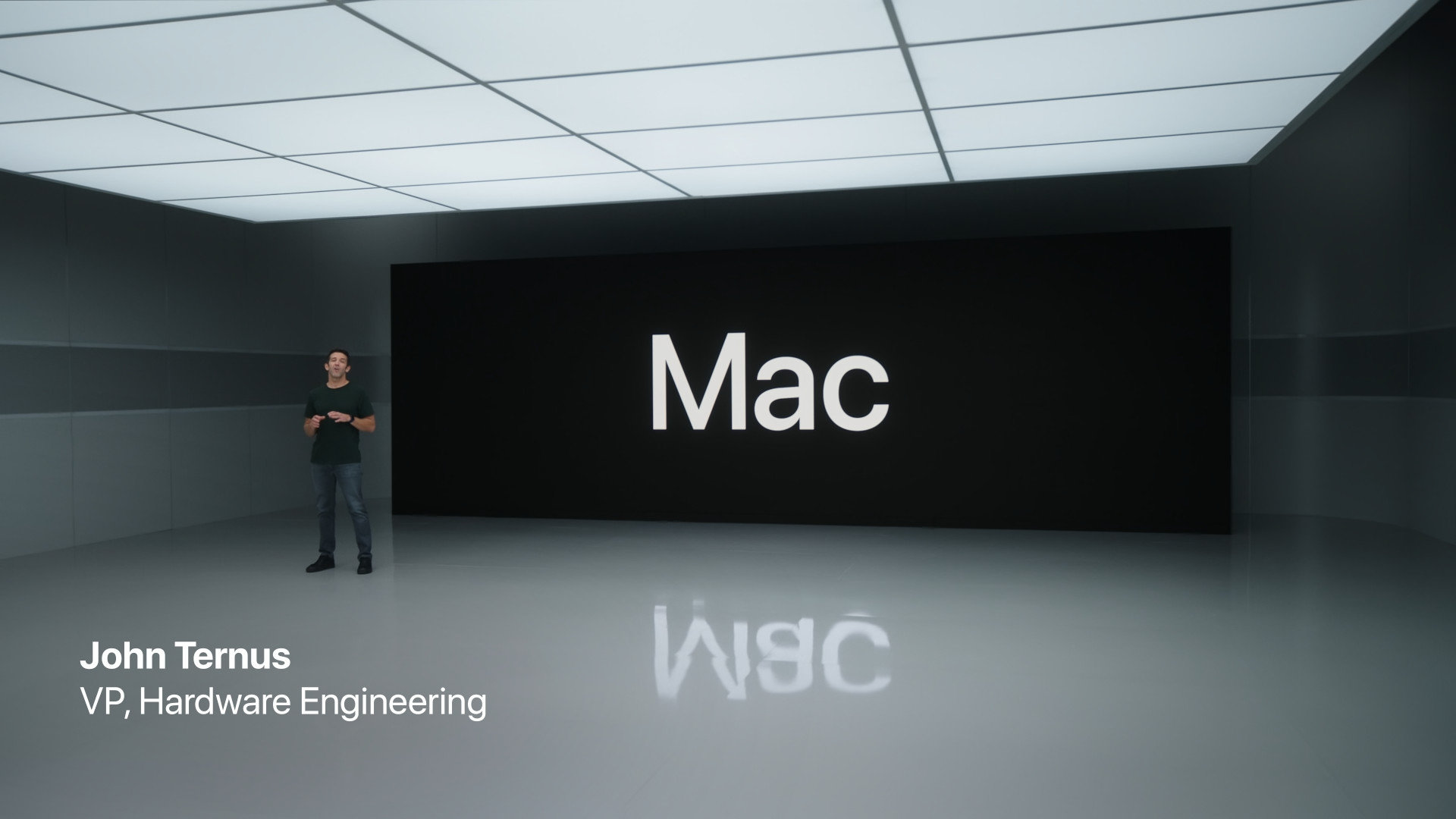

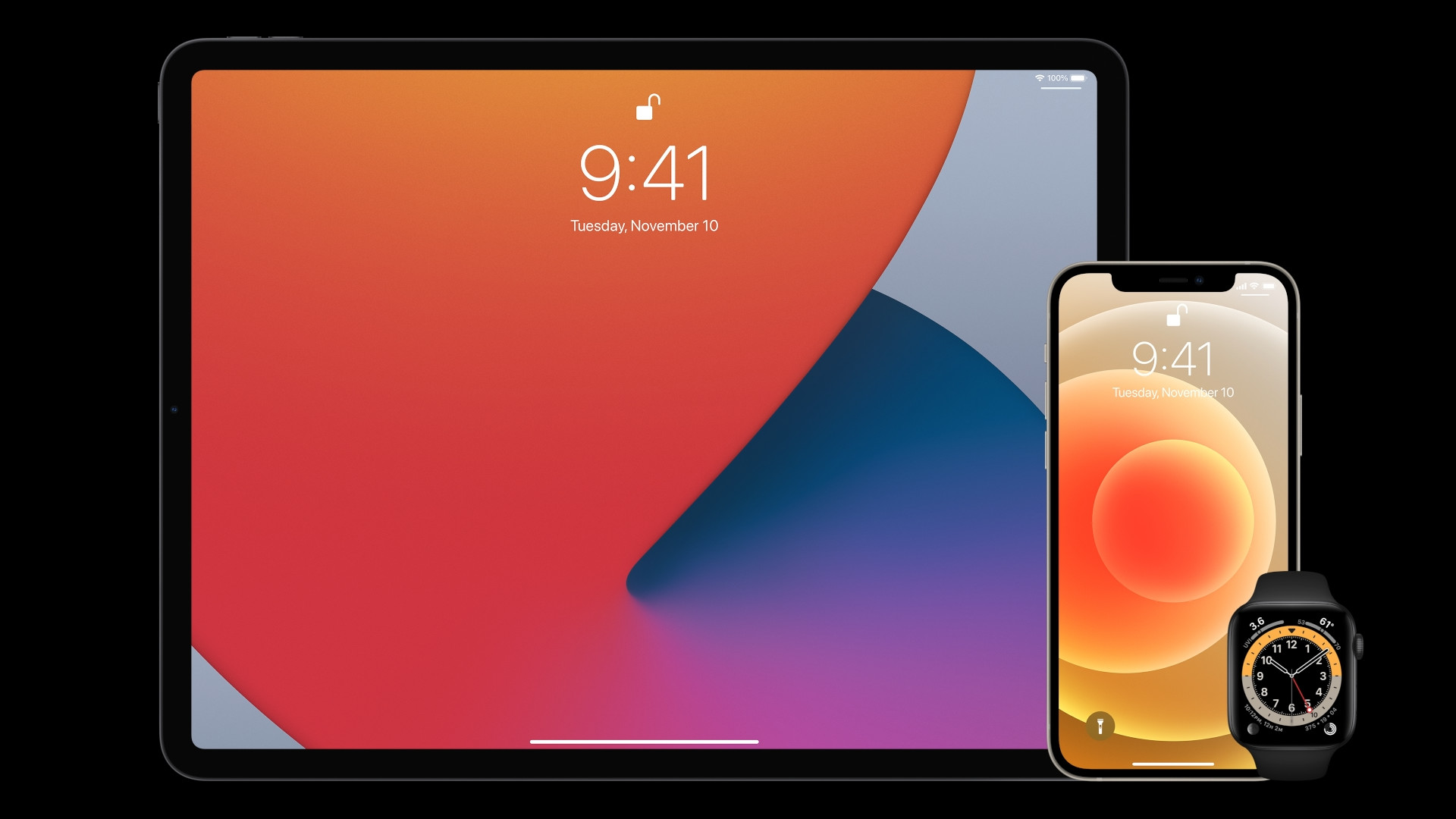
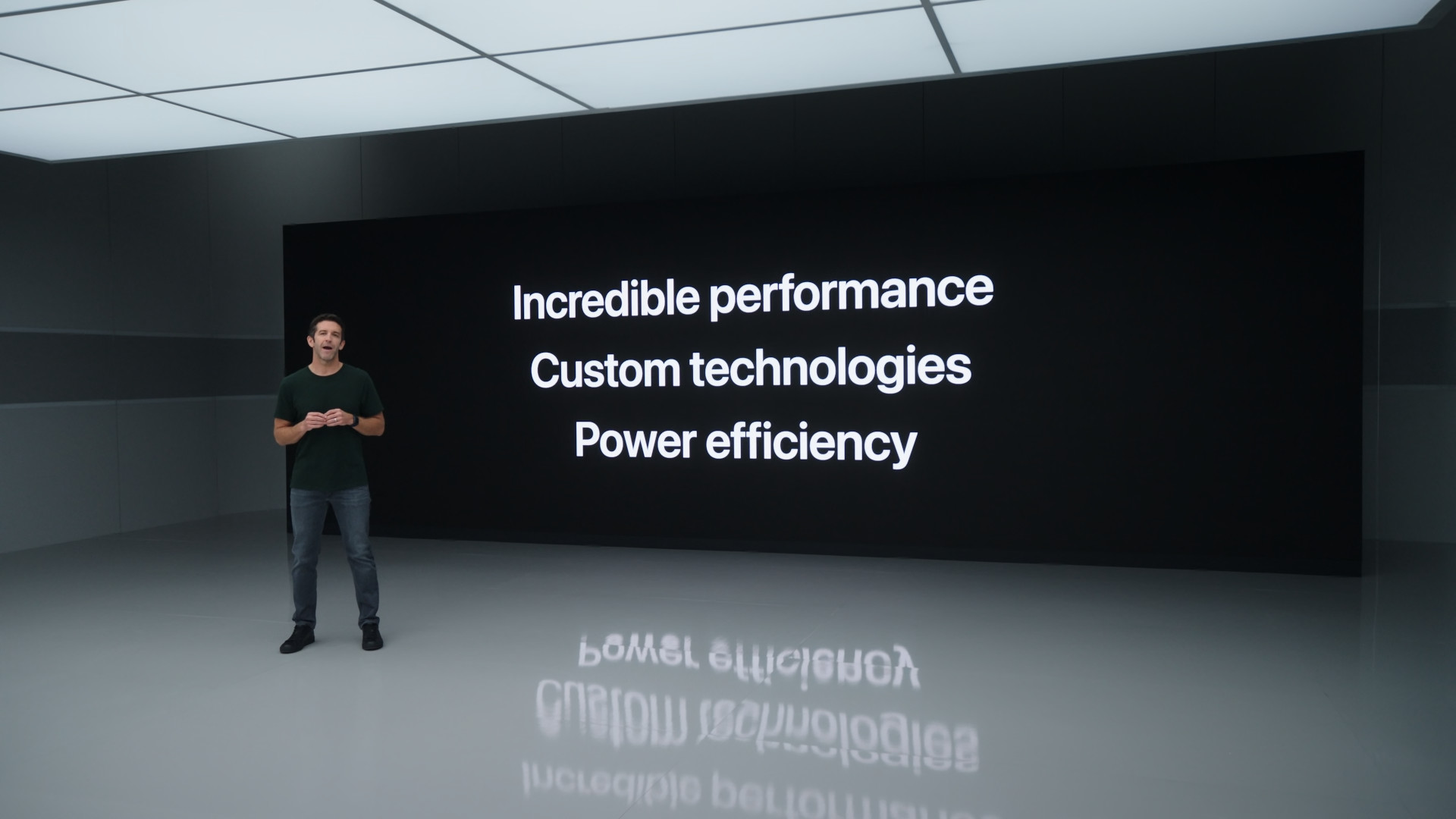

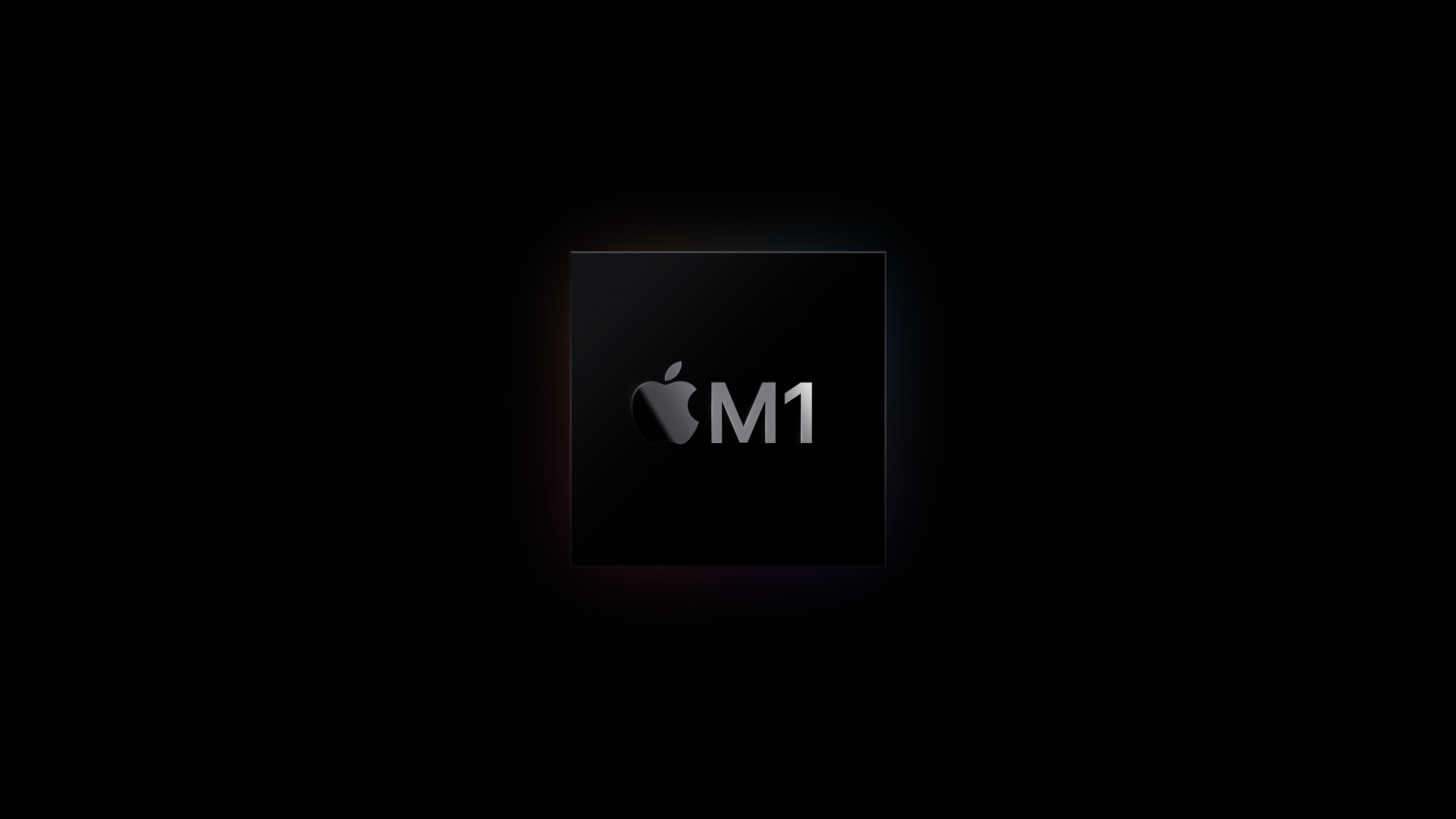
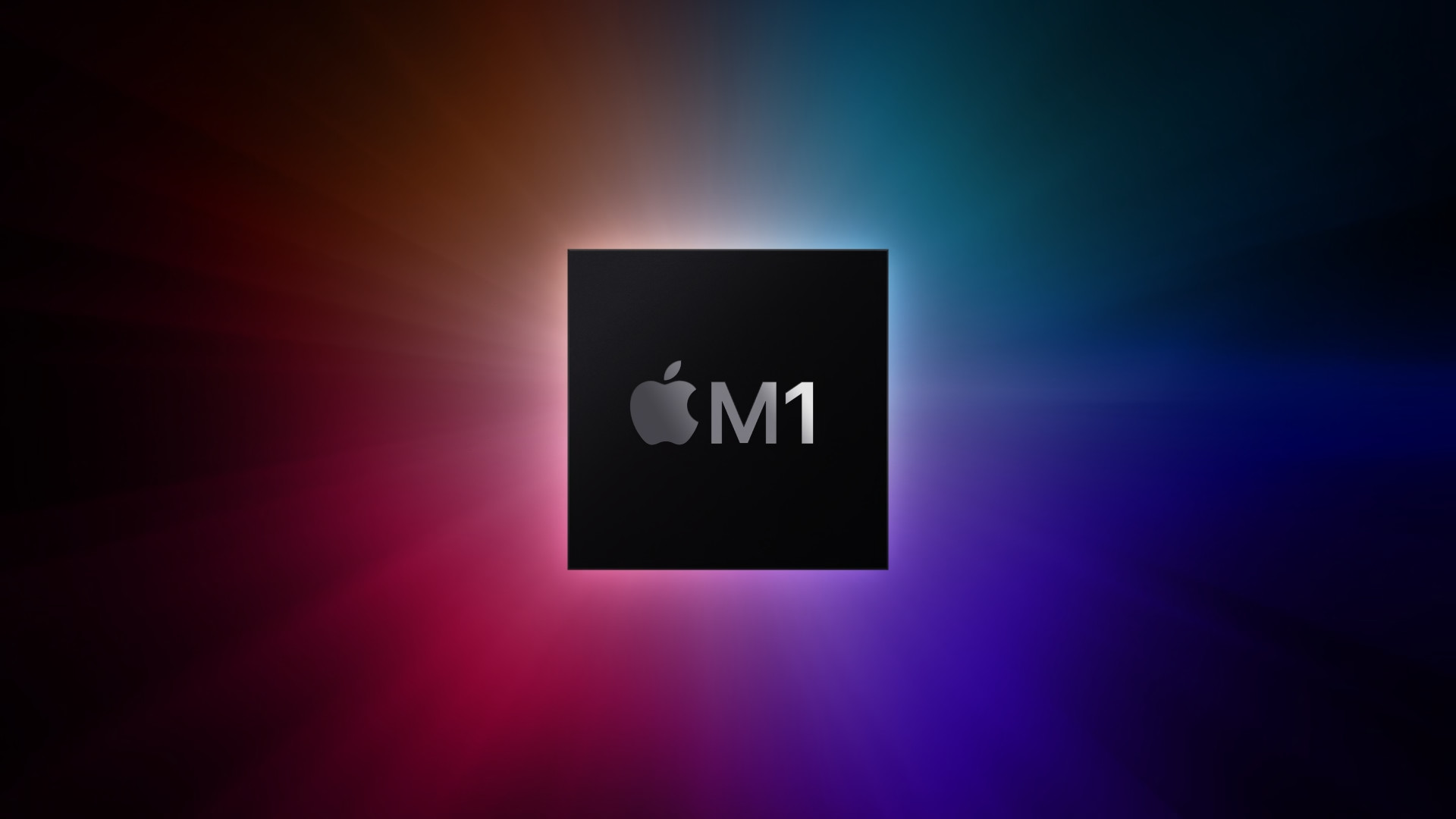
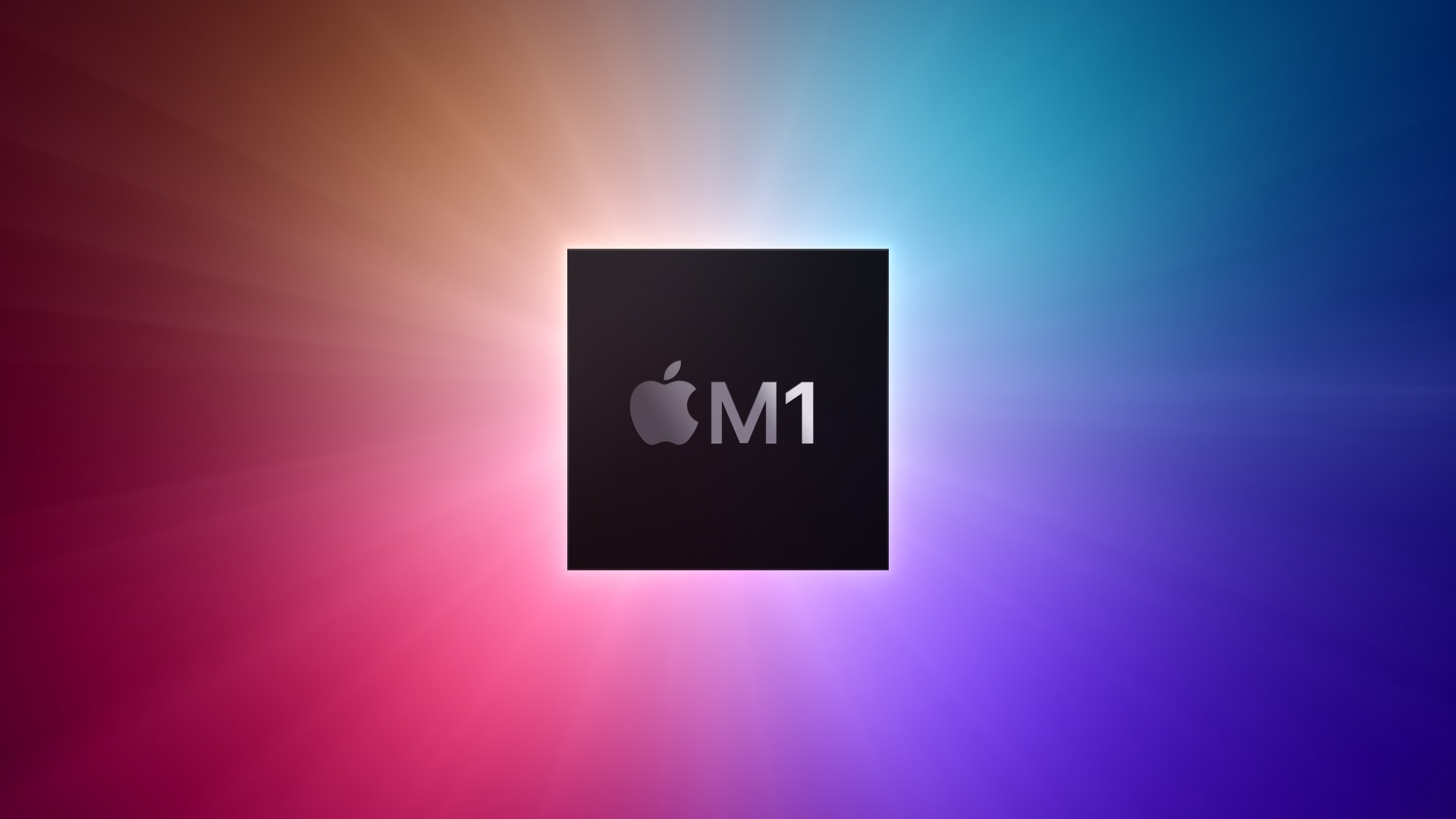
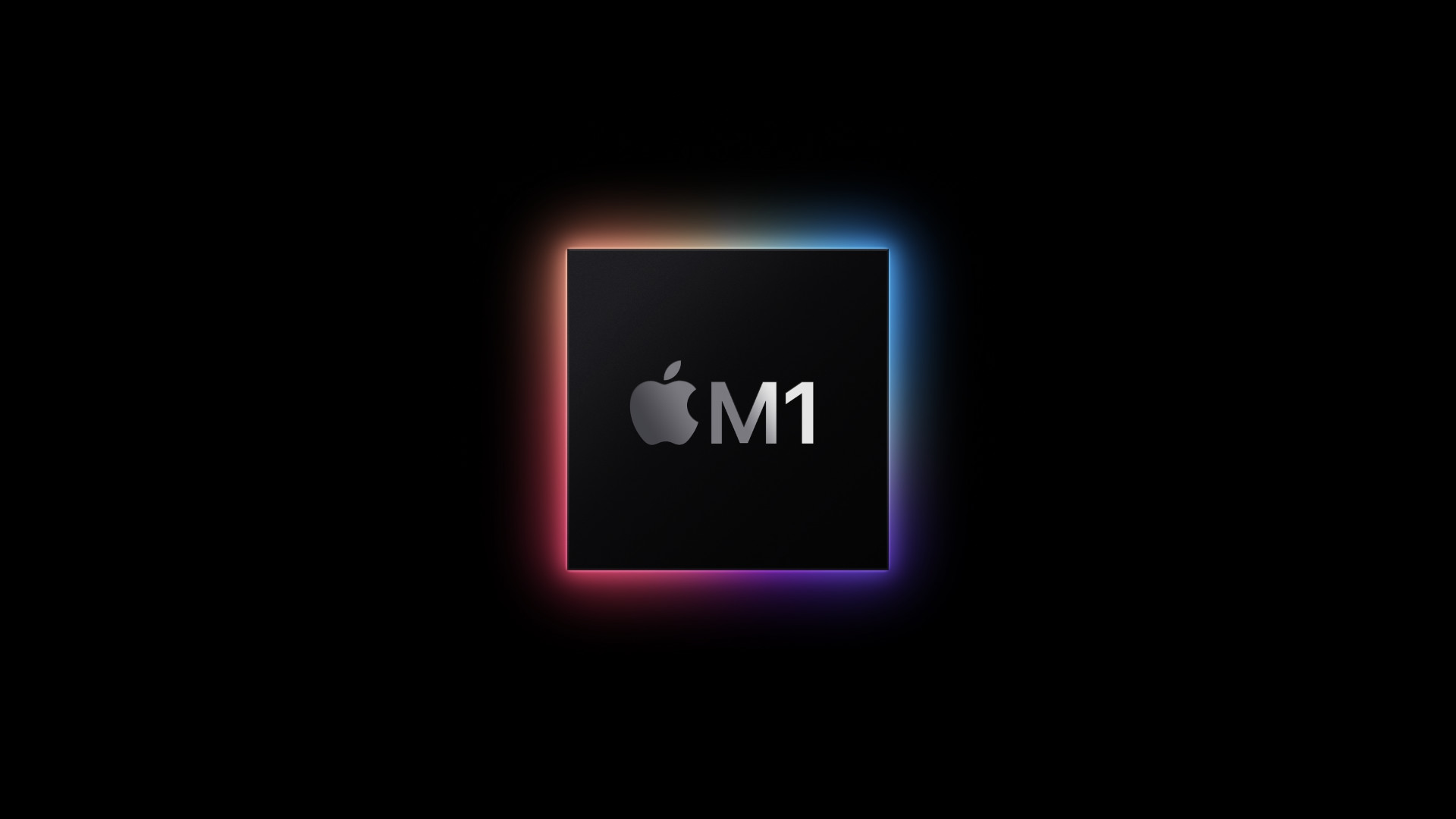
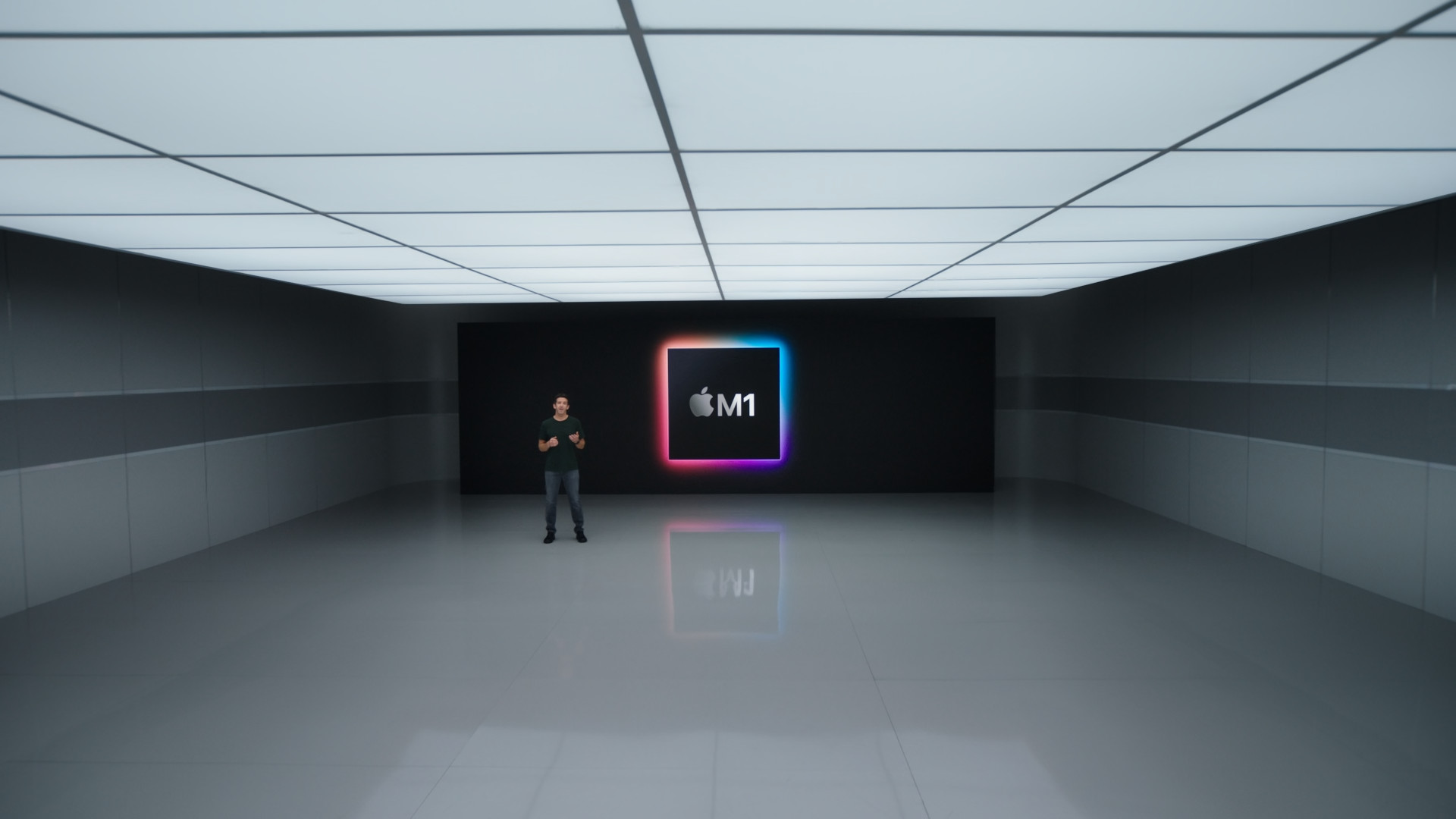


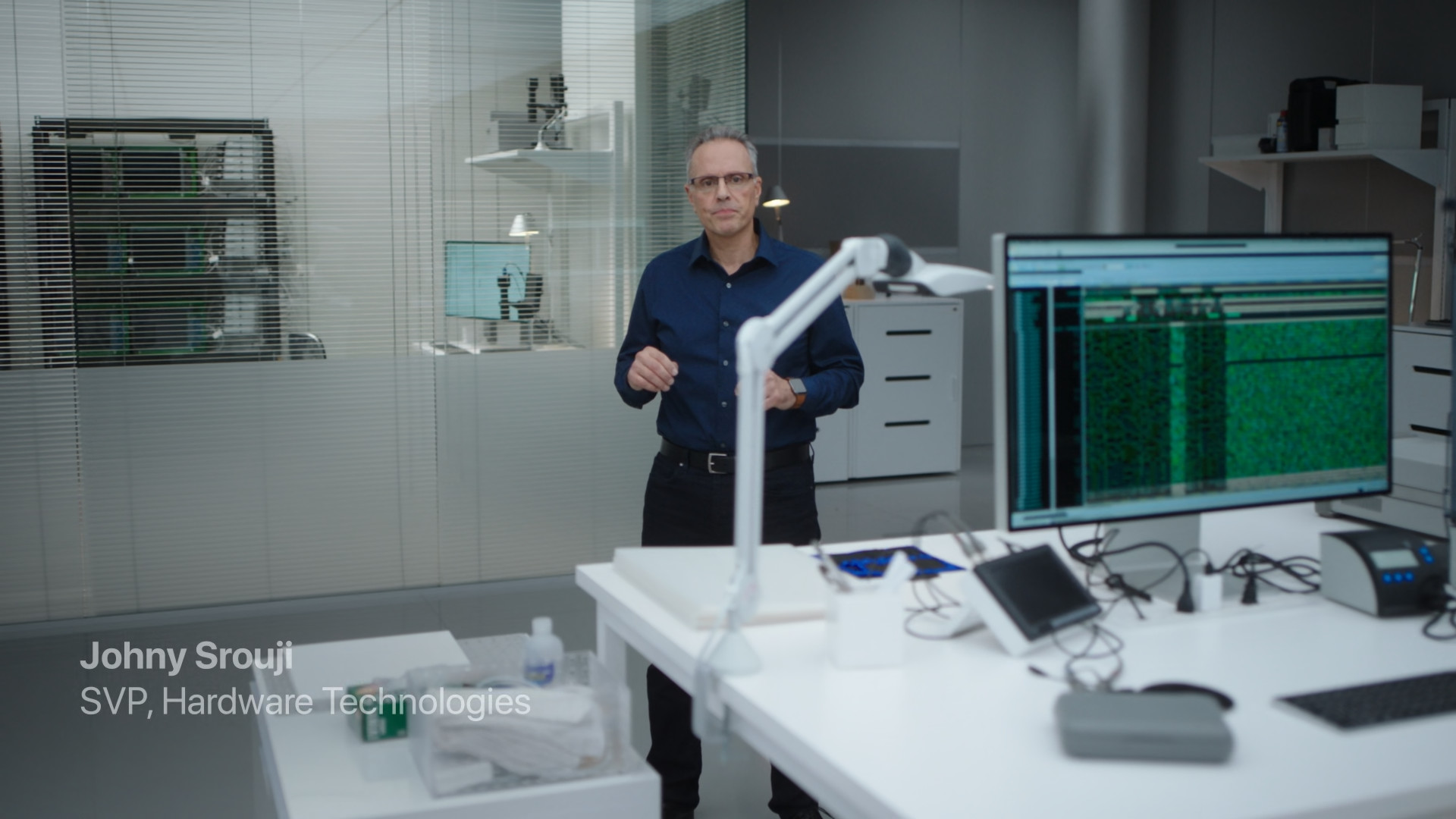


 Adam Kos
Adam Kos
Sure... the transition to ARM went amazingly well... except that most applications (not only games) still run only on x86 (or amd64) and on ARM (aarch64) only via rossetta2... well, we'll see. Apple's new CPUs/APUs are great, but they waste their performance translating instructions with x86... hopefully it will improve.
I would be careful with the "most apps". I have 1 apps on my M43 mac, and only 2 apps need rossetta.
Exactly. Most things go natively on the M1. I probably only have Messenger for intel. The performance, durability and temperature of the 14-inch M1 Pro is a gem. I was reinstalling two Macs here. MBP 14 with M1 pro and MBP pro 13 intel i5 2020. Both 16gb Ram and 1Tb disk. Same software. M1 is an hour faster, the computer is cold, it ran only on the battery during the entire installation, and after the installation the battery was 70 percent. Intel slow down, it had to be connected to the network, because it wouldn't work and it took an hour longer. Switching to ARM was a tough decision